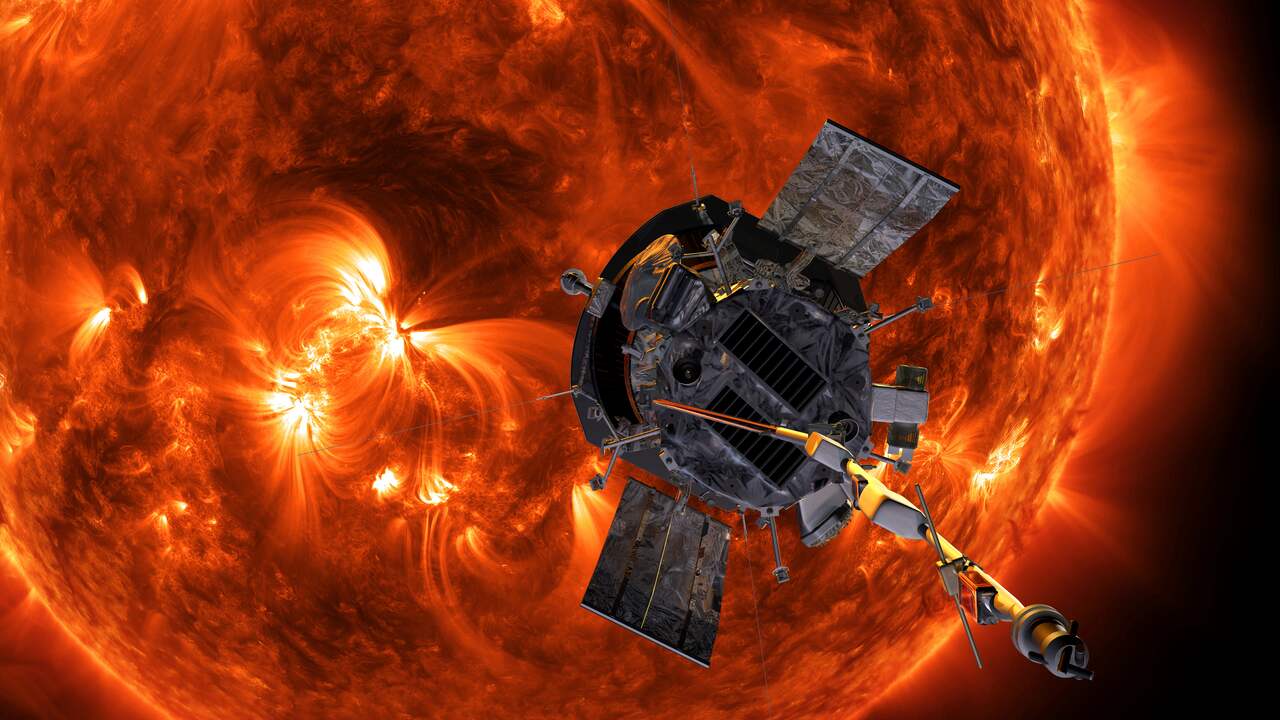John Fedup
The Bunker Group
Will be interesting to see how LM's Orion lunar spacecraft performs. If it screws up like Boeing's Starliner, there will likely be a new player to join Space X at some point.
These long distance remotely controlled missions rarely disappoint.This is a video of the closest flyby of a planet ever, as the ESA/JAXA BepiColombo spacecraft sped past Mercury during its latest encounter on 4 September 2024. The first few images are taken in the days and weeks before the flyby. Mercury first appears in an image taken at 23:50 CEST (21:50 UTC) on 4 September, at a distance of 191 km. Closest approach was at 23:48 CEST at a distance of 165 km.
In this video during the flyby, a large crater is visible. This crater is named after the famous Italian composer Antonio Vivaldi (1678–1741). The flyover of Vivaldi crater was the inspiration for using Antonio Vivaldi’s ‘Four Seasons’ as the soundtrack for this timelapse. And it really fits.
Timelapse of BepiColombo’s fourth Mercury flyby - YouTube
Probably could have done more cool stuff if he hadn’t wasted billion and time with Twitter/X!
You can call all you want on Ellon, but this is cool.
I can and I will, because he's not an engineer who created this amazing feat, he's merely a tech bro who got lucky with paypal.You can call all you want on Ellon, but this is cool.
Without any other information readily available you have probably listed the 3 most likely causes in rapidly descending order. Space junk tends to be a much larger problem in LEO than GEO orbits from what I understand.Wonder what caused the breakup, propellant explosion, meteorite or space junk impact? I guess foreign interference is a remote possibility. In any event another very bad month for Boeing. I read about a minor asset sale along with with a new multi billion dollar financing package but I wonder if some major asset sale is likely, especially after their recent requisition of Spirit Aerospace, perhaps spinning off Boeing Defence (tough sell and government objection) or their space business. The latter seems most likely now.

CSO-3 was mostly paid for by Germany, which as part of the deal gets 20% of the daily capacity of the CSO constellation. Sweden, Belgium and Switzerland have similar arrangements at a smaller scale.[...] to help in providing defense and reconnaissance information for the French Air and Space Force’s Space Command (CDE).
